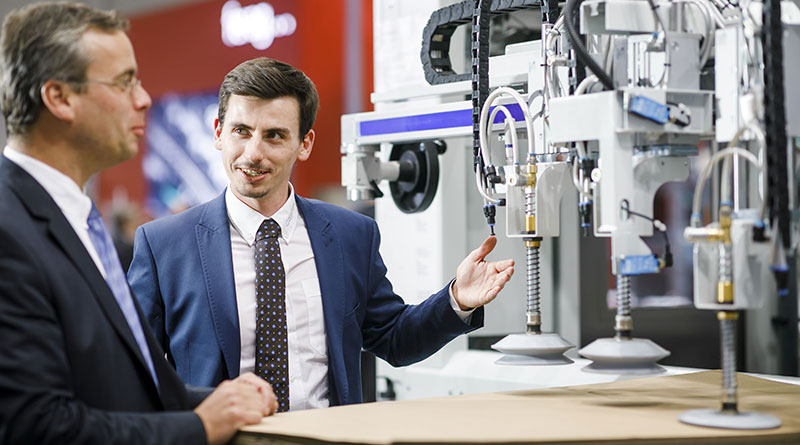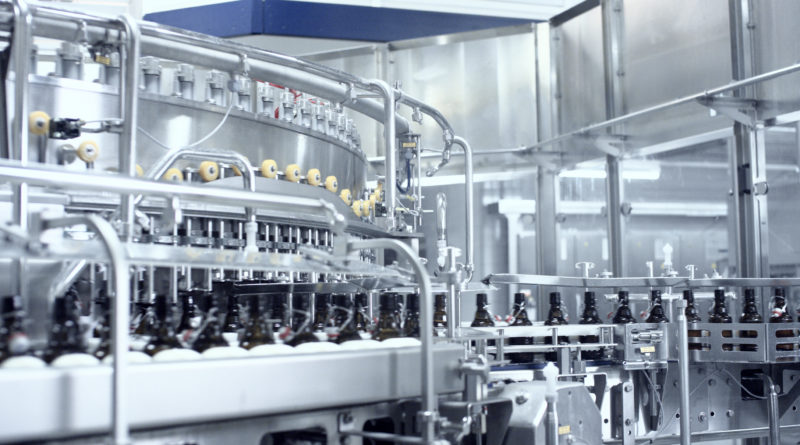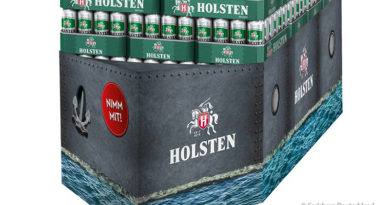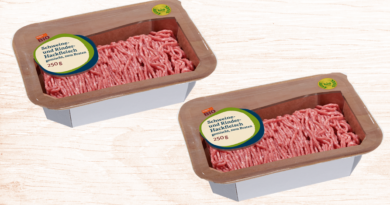Mechanical engineers must radically rethink their approach
Machines for food production and packaging look different today than they did 10 or 20 years ago. While the main focus at that time was on performance data, today it is on the prevention of contamination hazards.
A lot has happened in terms of hygienic design, says Michael Seip, head of technology at the Flensburg brewery. „The greatest progress was probably the development of an understanding for the stability requirements of the machine and for the microbiological explosiveness,“ he is sure. In addition, the choice of material – stainless steel has replaced black steel – the installation of smaller basins in the washing machines and the improved enclosures for transporters have also led to great progress. According to Seip, the optimization of the inner workings of the conveyors should not be underestimated. The chains have become smoother and airier and there are fewer corners. Clear standards such as the guidelines of the European Hygienic Engineering Design Group (EHEDG) are decisive for this change of heart.
Hygienic Design requires new thinking in the construction of machines
In order to fulfil these guidelines, it is usually not sufficient to otpimieren existing machines, they must rather be completely rethought. The Pütz Group has followed this path in the design of a new swing stopper capper for beer bottles. 20 years ago, machines like this were massive, voluminous and completely installed, consisting of many parts, for example for guiding, setting on and closing the clips. „The main thing was to ensure process stability,“ recalls Kim Henrich, Managing Director Sales & Technology at the Pütz Group. „Today you can look through the ironing machine!“
The art lies in simplicity. To have actually managed this was a tremendous engineering achievement. Every single turned part and every single hole had been inspected: Where does liquid leak out when it should enter? How can the part be cleaned? „After completing the design phase, Hygienic Design Weihenstephan examined the construction and then we optimized it according to the results of the examination. Today the machine is used by almost all well-known iron-on fillers.
 FachPack presents solutions on the subject of packaging machinery – throughout the entire packaging process chain and everything associated with it, from materials to function and design to logistics and tracking. More information can be found here.
FachPack presents solutions on the subject of packaging machinery – throughout the entire packaging process chain and everything associated with it, from materials to function and design to logistics and tracking. More information can be found here.The Flensburg brewery and the mechanical engineering company Rico GmbH have been following a similar path for many years. „We were and are involved in further development, for example in sealing technology, and are also heard here“, brewery man Seip is satisfied. What causes problems with regard to hygiene? And where can hygienic design be improved? Questions like these are constantly being discussed between the partners. „The more special the machines have become, the more intensive the cooperation with us has become,“ says Seip. This applies not only to design, but also to functional issues. This goes so far that one of Flensburger’s shift leaders is a welcome advisor to Rico.
Not least because of this close cooperation, much has changed over the years. In the past, the machine was square at 2 by 2 meters and very compact. At a height of about 80 cm there was a machine table with motor and gearbox underneath. The table consisted of a stainless steel plate which was glued to the holder and had no drill holes. The water then found its way between the plate and the steel, which after some time led to an unpleasant smell. „We tried to drain the water by drilling from below. But that wasn’t optimal,“ Seip remembers.
"The greatest progress was probably the development of an understanding for the stability requirements of the machine and for the microbiological explosiveness" Michael Seip, Head of Technology at the Flensburg Brewery
Today there is still a machine table for static reasons, but it is much smaller. But the machine has become bigger – about 3 by 3 meters – and more open. It is much better ventilated and also runs slower, so that less liquid can spray on it. The gear is open and consists of plastic gears that are accessible to the user anytime and anywhere. Finally, the machine is also open at the bottom so that the splash water drains onto the floor and is gone. The shard protection for the bottles above the conveyors is made of stainless steel and extends from far in front of the machine through them to behind the machine. The covers are constructed in such a way that they prevent the shards from flying into the bottle and yet do not themselves become microbiologically contaminated.




